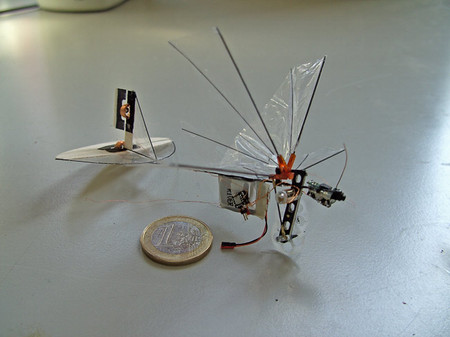Google Glass, at least in its current form, is unlikely to gain traction–too geeky, too creepy–but small and powerful cameras on drones and autonomous machines will only grow more ubiquitous. That seems inevitable. The opening of “Every Step You Take,” from the Economist:
“‘THIS season there is something at the seaside worse than sharks,’ declared a newspaper in 1890. ‘It is the amateur photographer.’ The invention of the handheld camera appalled 19th-century society, as did the ‘Kodak fiends’ who patrolled beaches snapping sunbathers.
More than a century later, amateur photography is once more a troubling issue. Citizens of rich countries have got used to being watched by closed-circuit cameras that guard roads and cities. But as cameras shrink and the cost of storing data plummets, it is individuals who are taking the pictures.
Through a Glass, darkly
Some 10,000 people are already testing a prototype of Google Glass, a miniature computer worn like spectacles. It aims to replicate all the functions of a smartphone in a device perched on a person’s nose. Its flexible frame holds both a camera and a tiny screen, and makes it easy for users to take photos, send messages and search for things online.
Glass may fail, but a wider revolution is under way. In Russia, where insurance fraud is rife, at least 1m cars already have cameras on their dashboards that film the road ahead. Police forces in America are starting to issue officers with video cameras, pinned to their uniforms, which record their interactions with the public. Collar-cams help anxious cat-lovers keep tabs on their wandering pets. Paparazzi have started to use drones to photograph celebrities in their gardens or on yachts. Hobbyists are even devising clever ways to get cameras into space.”

